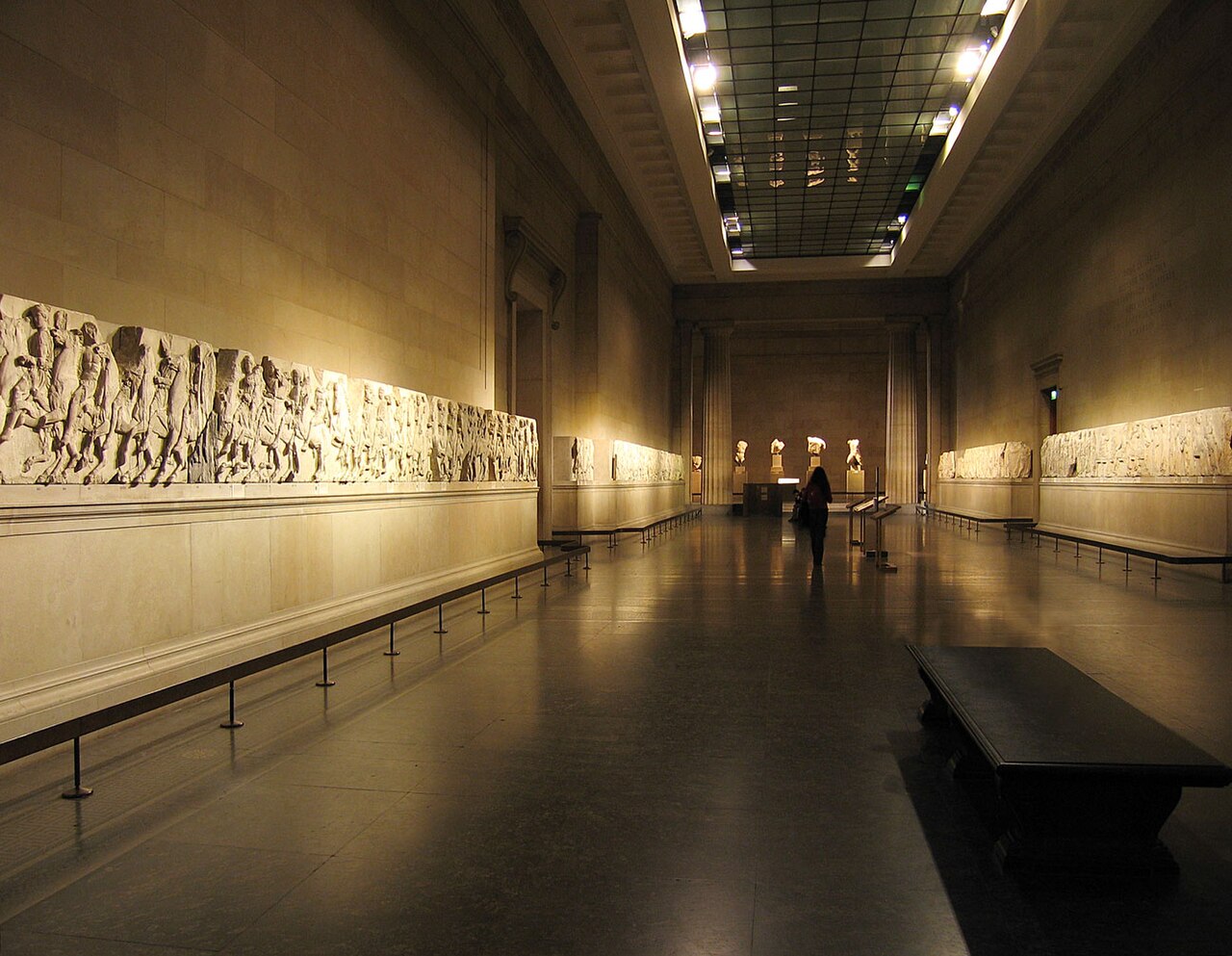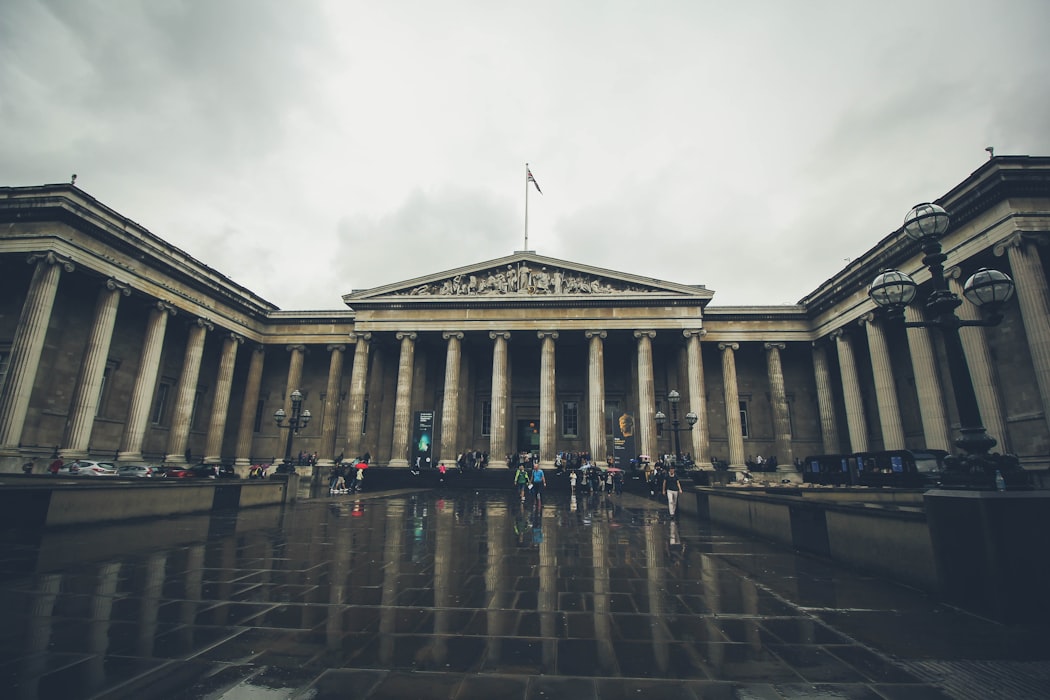I’ve had a fascination with archaeology ever since I studied ancient Egypt in primary school. There was something magical about the idea of finding age-old treasures buried deep in the ground.
Even today, visiting the British Museum brings back that sense of magic and wonder. Walking through rooms filled with priceless historical artefacts makes helps us believe that adventure and discovery are still possible in today’s digital world. That’s why, this week, we wanted to introduce you to the magnificent British Museum.
Take a tour with us and learn why nearly 7 million people a year visit these incredible exhibits. A tour through the British Museum.
Rosetta Stone
This stunning, multi-lingual monolith is one of the biggest draws of the museum. If you want to see where our understanding of Hellenistic history began, you simply can’t miss out on the opportunity to see the Rosetta Stone in person. It’s one of the world’s true treasures.
Samurai Armour
Japan is a nation of both reinvention and continuity – completely modernised but not at all westernised. These majestic samurai antiques capture this dichotomy beautifully and remind us just how much has changed (and what has stayed the same).
Mummy of Katebet
Katebet is both splendid and mournful; its intricate engravings reminding us of the delicate beauty of life. This mummy is over 3000 years old and one of the most exciting pieces in the museum.
The Gilgamesh Flood Tablet
Scholars believe that modern stories of Noah’s Arc originated from the Tale of Gilgamesh – the story inscribed on this stunning tablet. Originating from ancient Assyria, it’s one of the world’s oldest pieces of literature.

Easter Island Statue
Carved on Rapa Nui around 900 years ago, this iconic moai statue is a relic of a long-forgotten people. The people of Rapa Nui died out after farming their islands to devastation, reminding all of us how important it is to take care of our environment.
The Younger Memnon
This remarkable sculpture weighs 7.2 tonnes and was carved from a single piece of pink/grey granite over 3000 years ago. The beauty of this sculpture meant it was one of the first pieces of ancient Egyptian history recognised as a work of art in its own right, rather than just a curiosity.

The Double-headed Serpent
Some archaeologists believe that this precious statue was given to a Spanish conquistador by the Aztec Emporer Moctezuma II. The tiny turquoise fragments that make up the serpent’s skin are mixed in with oyster and conch shells, all delicately laid into a wooden base. Its intricacy is extraordinary.
Assyrian sculptures and the Balawat gates
The majestic winged lions captured here by Assyrian sculptures are perhaps some of the most memorable pieces in the whole museum. The engraved Balawat Gates are no less impressive and were carved in 860 BC. It’s astonishing to think about how much history they’ve witnessed.
We hope you’ve loved this short tour of the British Museum’s best exhibits. If that’s still not enough history and heritage to satisfy you, take a look at our huge range of heritage tours in London and across the UK. We’re sure there’s something here you’ll love.







